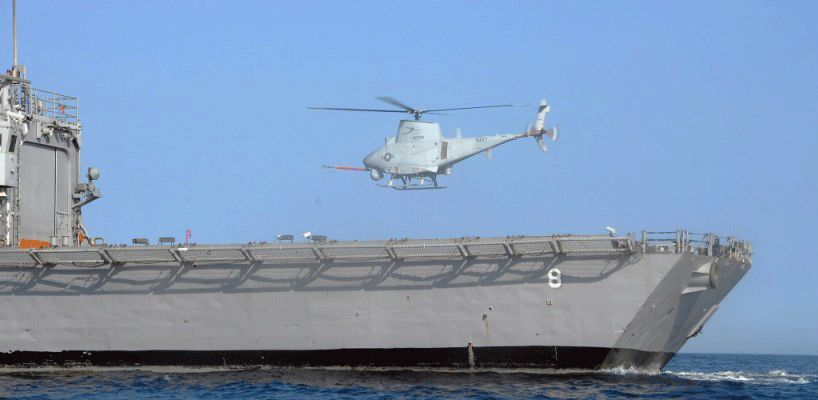One career field still considered to be in its infancy is flying drones, also known as UASs – Unmanned Aircraft Systems. It may also be a great career track for veterans – particularly those with any UAS experience from their service.
The drone jobs market has potential. The Association for Unmanned Vehicle Systems estimates more than 100,000 jobs will be created between 2015 and 2025. While many of these jobs will be flying drones in support of agriculture and public safety, they will also be used for:
- Wildfire Mapping
- Disaster management
- Power line surveys
- Law enforcement
- Telecommunications
- Aerial imaging/mapping
- Television news coverage
- Oil and gas exploration
- Freight transport
Pay for flying drones ranges right now from $45,000 to $50,000 per year, however, jobs with the defense contracting companies pay significantly more.
UAS Use in business
Amazon is currently working on a program they call Prime Air that will use drones to deliver packages weighing less than 5 pounds in 30 minutes or less. While waiting for regulatory support, they are currently testing and evaluating over a dozen different prototype drone platforms. Wal-Mart and Google X are also reportedly working on drone delivery systems. Matternet has been using drone technology since 2011 in Switzerland, Haiti and the Dominican Republic to deliver medical supplies and lab specimens.
On July 11th, a 7-Eleven® convenience store in Reno, NV delivered a chicken sandwich, donuts, coffee, candy and Slurpees to a customer one mile from their store using a third-party drone company called Flirtey, showing it is already being used in select markets.
UAS Economic Impact
According to a report published by the Association for Unmanned Vehicle Systems International, all states in the U.S. will benefit economically from the creation of jobs and production in drone technology, to the tune of $82 million by 2025. The impact will be the greatest in these states:
- California
- Washington
- Texas
- Florida
- Arizona
- Connecticut
- Kansas
- Virginia
- New York
- Pennsylvania
The state least affected will be Wyoming at $28 million and 36 jobs, while the most affected will be California at $14 billion and 18,161 jobs. The other 48 states fall somewhere in between.
UAS Education
Schools have started to react by offering degrees in Unmanned Aircraft Systems. The first school offering a course was the University of North Dakota (UND). In their first class in 2009, they had 15 students; in 2016 they currently have almost 200 students. Because of their 40-year history in teaching aviation, it was a natural transition to include drones. Essentially all students in this course are commercial, multi-instrument pilots first and then converted into drone pilots.
While many of the graduates of UND end up working for the military or defense contractors, the program at Kansas State University (KSU) focuses more on flying commercial payloads. Since starting their program in 2010, enrollment has doubled each year. And almost every KSU graduate of their drone program is currently working in their chosen field.
While many of the students enrolled today are veterans, both UND and KSU report it is becoming a popular degree of choice for Air Force ROTC cadets who graduate and go on to commission as officers with UAS degrees.
Because these are four-year degrees, veterans can use their GI Bill to pay for their education. If flying and this emerging technology interests you, this will be a career field that will continue to grow exponentially for decades as the technology and regulatory policies continue to develop.




